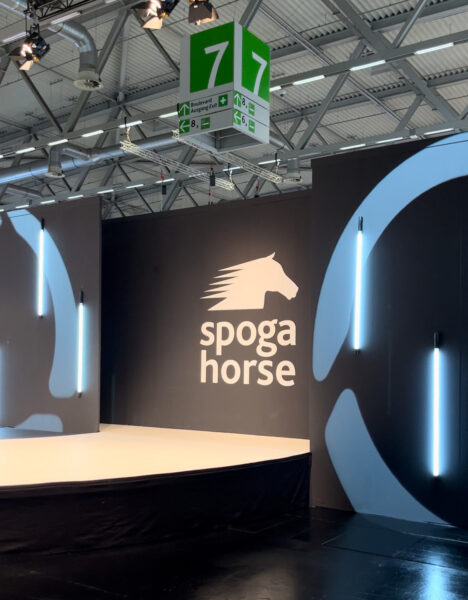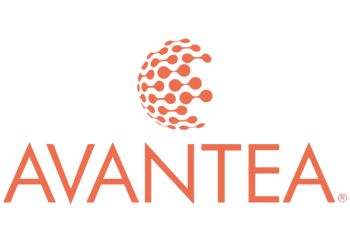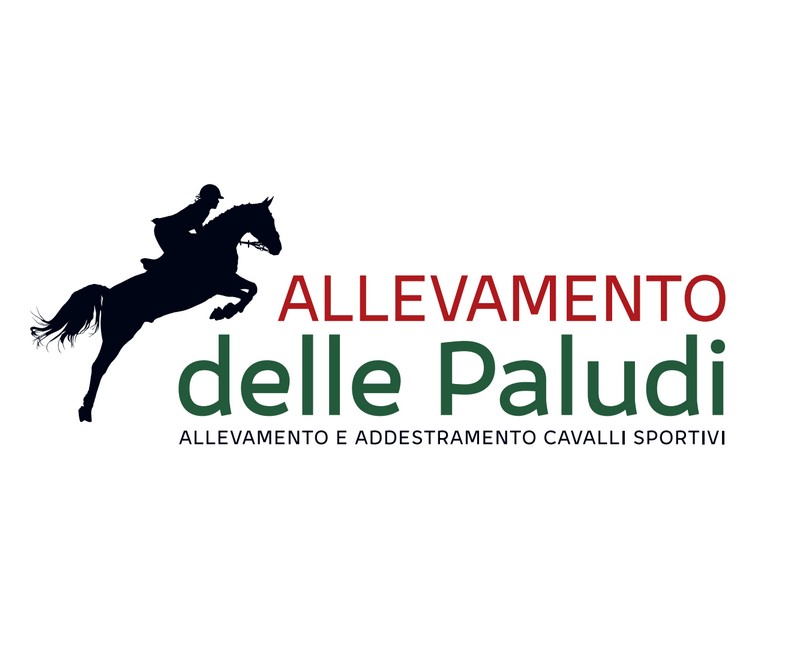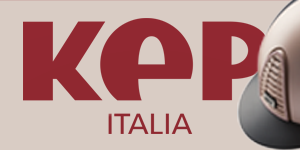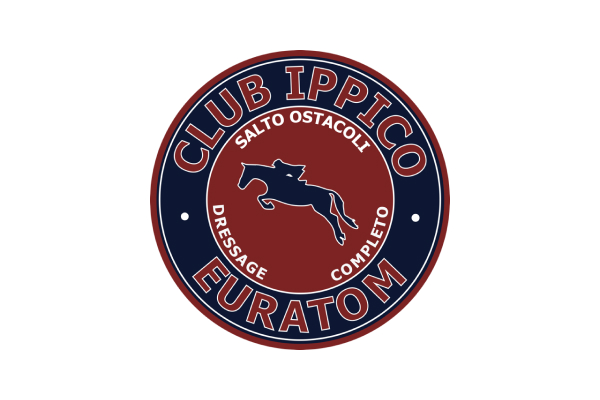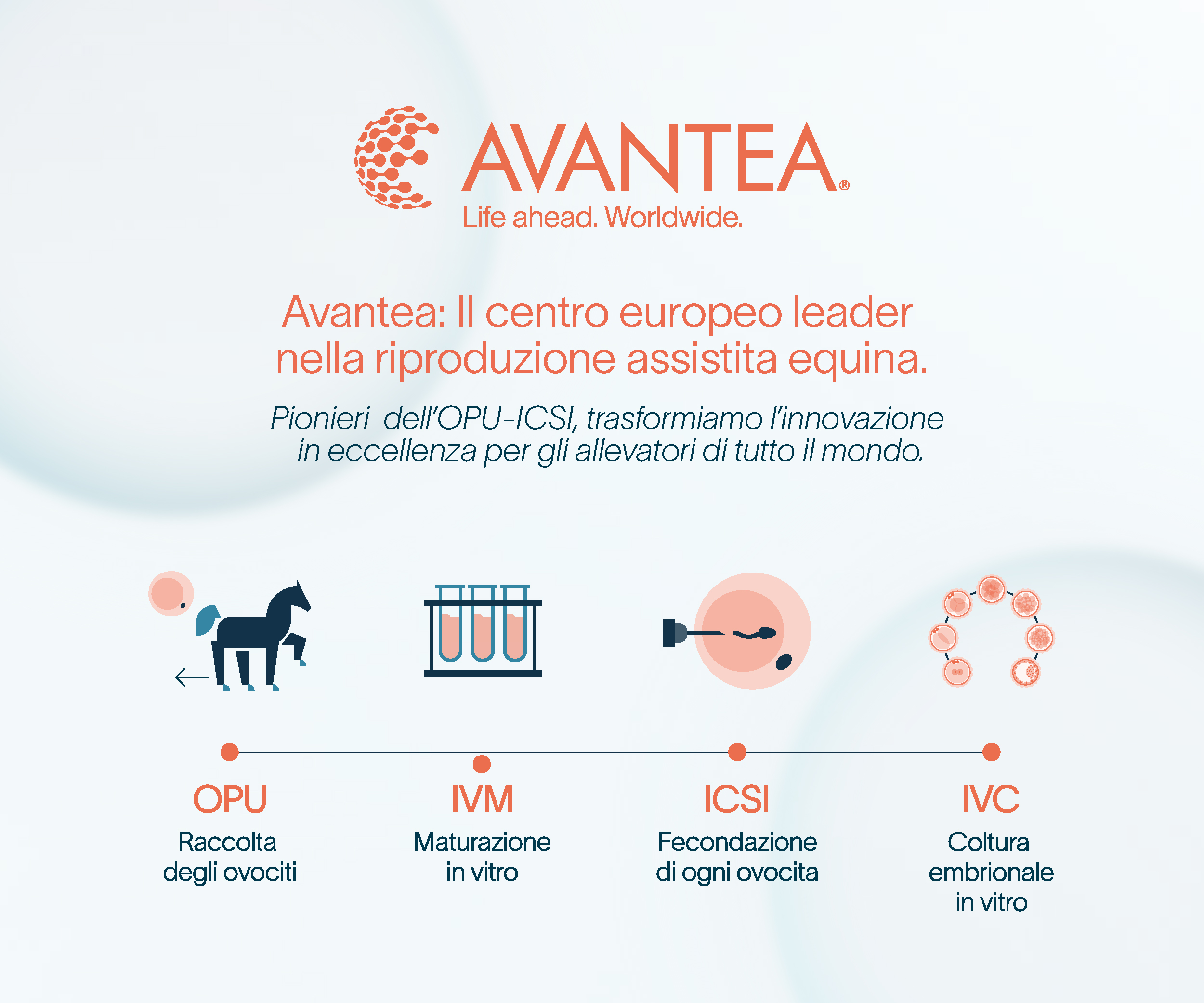
Revolutionizing equine breeding: the art and science of Embryo Transfer
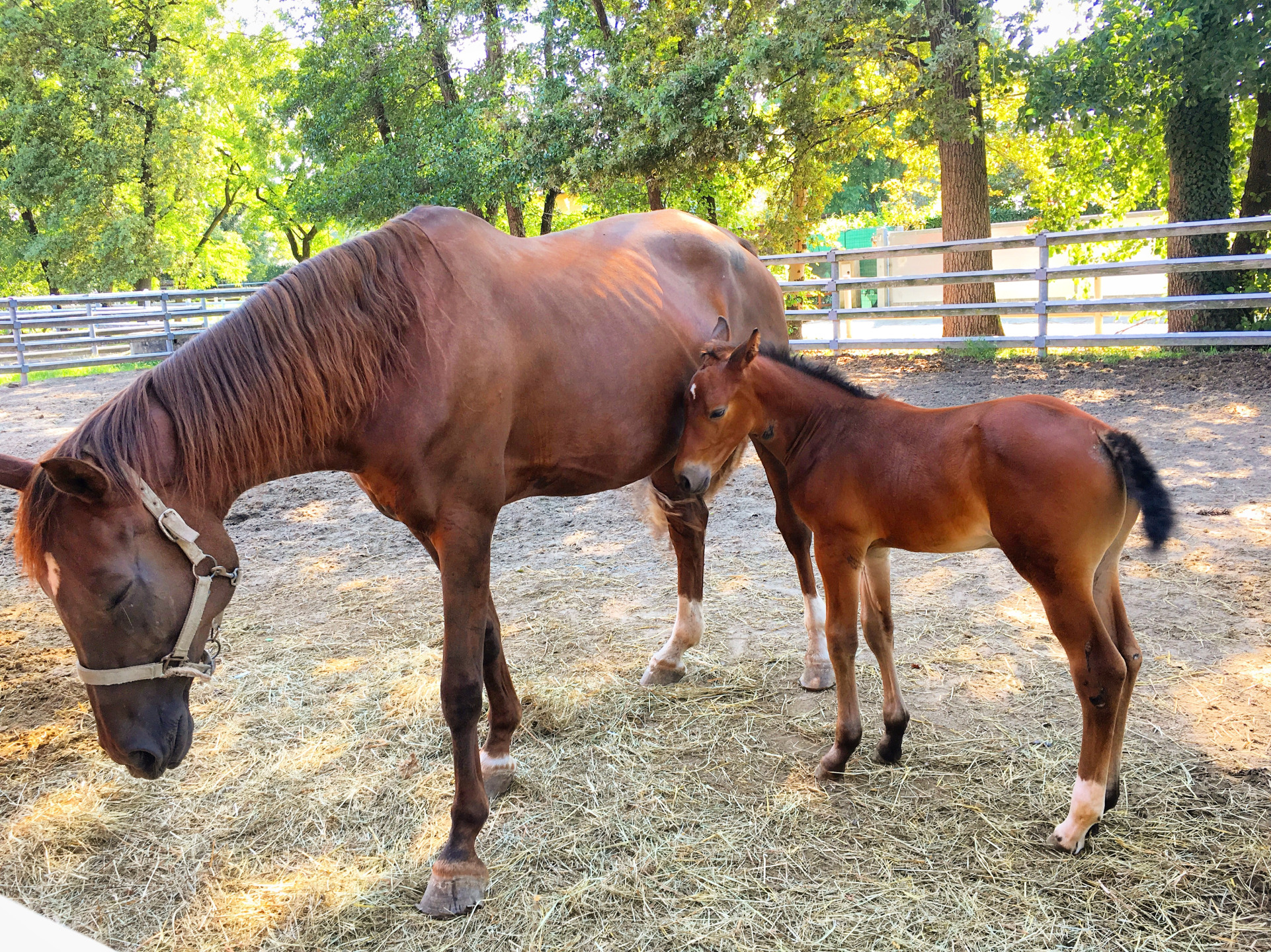
Exploring the Fascinating World of Equine Reproduction: Embryo Transfer
In the world of equine breeding, advancements in reproductive technologies have paved the way for optimizing the breeding process while preserving the valuable qualities of elite mares. One such breakthrough is the widespread adoption of Embryo Transfer (ET) in the equine industry. This article delves into the fascinating realm of Equine Embryo Transfer, examining its intricacies, the key players involved, and the cutting-edge technologies shaping its future.
The Equine Embryo Transfer (ET) technique has emerged as a boon for horse breeders, offering a way to reduce downtime for valuable mares and mitigate potential risks associated with traditional foaling. This practice, once considered groundbreaking, is now a routine procedure, especially at elite levels of breeding.
The Protagonists: Donor Mare and Recipient Mare
At the heart of the ET process are two crucial figures: the donor mare and the recipient mare. The ideal recipient mare is not only healthy and young but also meticulously selected based on physical traits and reproductive cycle synchronization. Achieving synchronization between the donor and recipient mare’s estrous cycles is paramount for successful pregnancies.
Size and conformation of the recipient mare play a pivotal role, impacting the foal’s size and overall development. Studies have shown that matching the size and shape of the recipient mare to the donor mare significantly influences the birth weight and growth rate of the foal.
The Embryo Transfer Process
The journey begins with the donor mare undergoing reproductive evaluations to ensure reproductive soundness. A skilled veterinarian monitors the mare’s estrous cycles, pinpointing the optimal time for artificial insemination just before ovulation.
After the donor mare’s ovulation, the newly formed embryo is collected and promptly implanted into the carefully chosen recipient mare. A week later, an ultrasound confirms the success of the pregnancy. The recipient mare then carries, delivers, and raises the foal.
For a seamless Embryo Transfer experience, engaging a specialized veterinarian is crucial. These professionals guide breeders through the entire process with expertise and precision.
In-Depth Look at Equine Reproductive Technologies: Stem Cells and Industry Trends
In addition to Embryo Transfer, advancements in equine reproductive technologies continue to shape the industry. Stem cells present a potential frontier for treating reproductive disorders in horses, opening new possibilities for enhancing fertility and overcoming challenges.
Recent trends highlight the expanded acceptance of multiple foals born in the same year through Embryo Transfer, allowing breeders to obtain several foals from a single donor mare. This shift in perspective by breed registries has led to a surge in the number of foals born in a breeding season, providing breeders with unprecedented flexibility and efficiency.
Techniques and Considerations in Equine Embryo Collection
The process of collecting and transferring horse embryos has evolved over time. Nonsurgical techniques have become the preferred method for their efficiency and success rates. Daily ultrasonographic evaluations, hormonal manipulations, and meticulous synchronization of ovulation are integral parts of the process.
Nonsurgical Embryo Collection: A Detailed Approach
In equine reproduction, nonsurgical embryo collection has emerged as a preferred method due to its efficiency, safety, and success rates. This approach involves meticulous techniques and considerations to ensure the smooth collection and transfer of embryos. Let’s delve deeper into the detailed approach of nonsurgical embryo collection in equine breeding:
1. Selection of Recipient Mares:
The success of embryo transfer heavily relies on the selection of suitable recipient mares. These mares should be reproductively sound, in good health, and ideally synchronized with the donor mare’s estrous cycle. Daily ultrasonographic evaluations are conducted to monitor the status of the uterus and ovaries, providing crucial information for the timing of ovulation and embryo collection.
2. Preparation for Collection:
Before embryo collection, the donor mare undergoes reproductive evaluations to ensure her suitability for the procedure. The reproductive tract is carefully examined via rectal palpation and ultrasonography to confirm the presence of a corpus luteum, assess cervical tone, and check for any abnormalities or fluid in the uterus.
3. Transcervical Catheterization:
The embryo collection process begins with transcervical catheterization, a technique performed under sterile conditions. A silicone catheter, equipped with an inflatable cuff, is gently inserted through the cervix into the uterus. The cuff is then inflated to seal the internal cervical os, preventing leakage of the flush media.
4. Flushing the Uterus:
Once the catheter is properly positioned, the uterus is flushed with a specialized flush media containing antimicrobials and surfactants. This media helps to dislodge and recover the embryo from the uterine environment. The volume and composition of the flush media are crucial factors in ensuring successful embryo recovery.
5. Fluid Recovery and Examination:
After the uterus is flushed, the recovered fluid containing the embryo is carefully examined. This examination is typically conducted in a sterile environment under magnification to locate the embryo. The fluid is filtered to separate the embryo from any debris or blood, ensuring its integrity and viability.
6. Embryo Handling and Transfer:
Once the embryo is located, it is transferred to a sterile tissue culture dish containing holding media. The embryo is washed multiple times to remove any contaminants and ensure its cleanliness. Specialized equipment, such as straws or capillary pipettes, is used for handling and transferring the embryo.
7. Recordkeeping and Quality Assessment:
Throughout the process, meticulous recordkeeping is maintained to track the stage and quality of the embryo. Parameters such as embryo stage (morula, early blastocyst, or expanded blastocyst) and quality rating are documented for future reference and analysis.
8. Transfer to Recipient Mare:
Following the collection and preparation of the embryo, it is promptly transferred to the selected recipient mare. The recipient mare should be in optimal health and synchronized with the donor mare’s estrous cycle to maximize the chances of successful pregnancy.
Preparing for the Future: Short Storage and Transport of Equine Embryos
For breeders without an extensive network of recipients, technologies have been developed to collect and prepare embryos for short storage and transport. These innovations, combined with counter-to-counter shipping of embryos, offer a practical solution with pregnancy rates comparable to those of fresh embryos.
As the equine industry continues to embrace and adapt to these cutting-edge reproductive technologies, the future holds promises of increased efficiency, genetic preservation, and enhanced breeding possibilities. Breeders and veterinarians alike are at the forefront of this revolution, shaping the landscape of equine reproduction for generations to come.
In conclusion, the journey from conception to birth in the equine world has evolved, and Embryo Transfer stands as a testament to the seamless integration of science and art in the pursuit of perfecting the noble lineage of these majestic creatures.
A. Ceserani – Veterinary Biotechnologist
© Rights Reserved.





.png)
